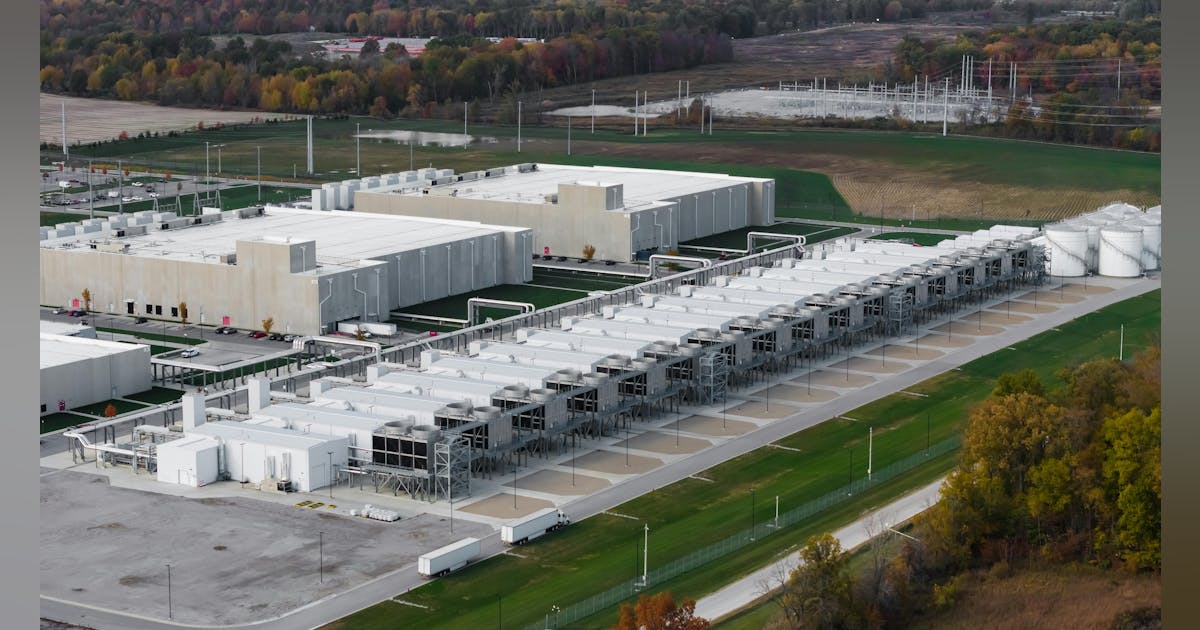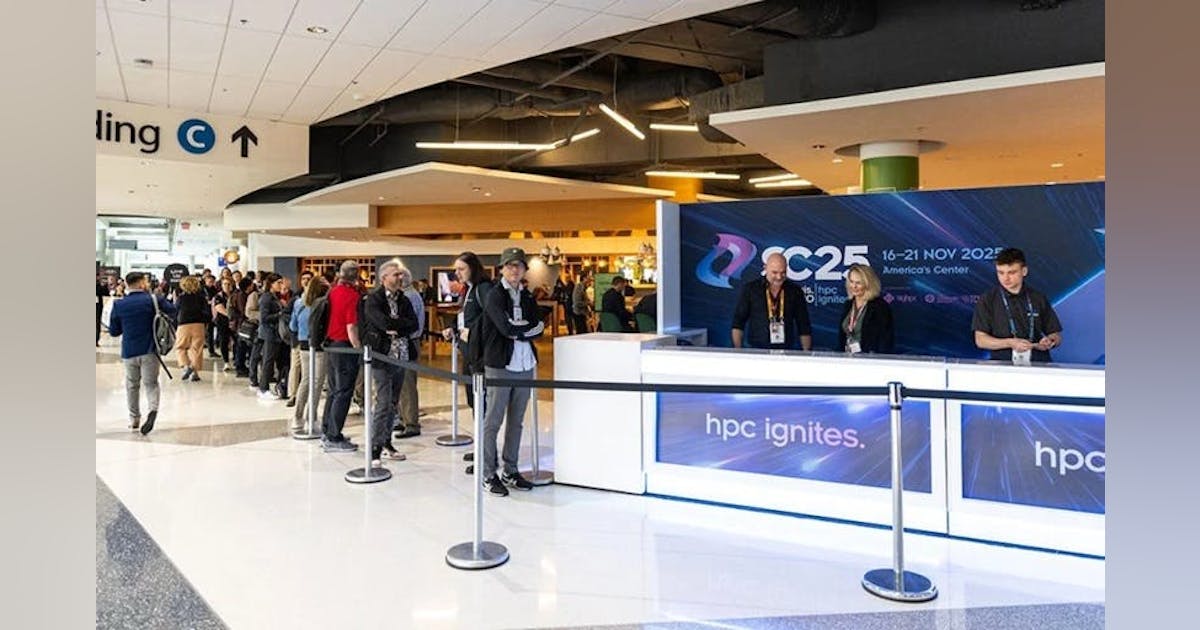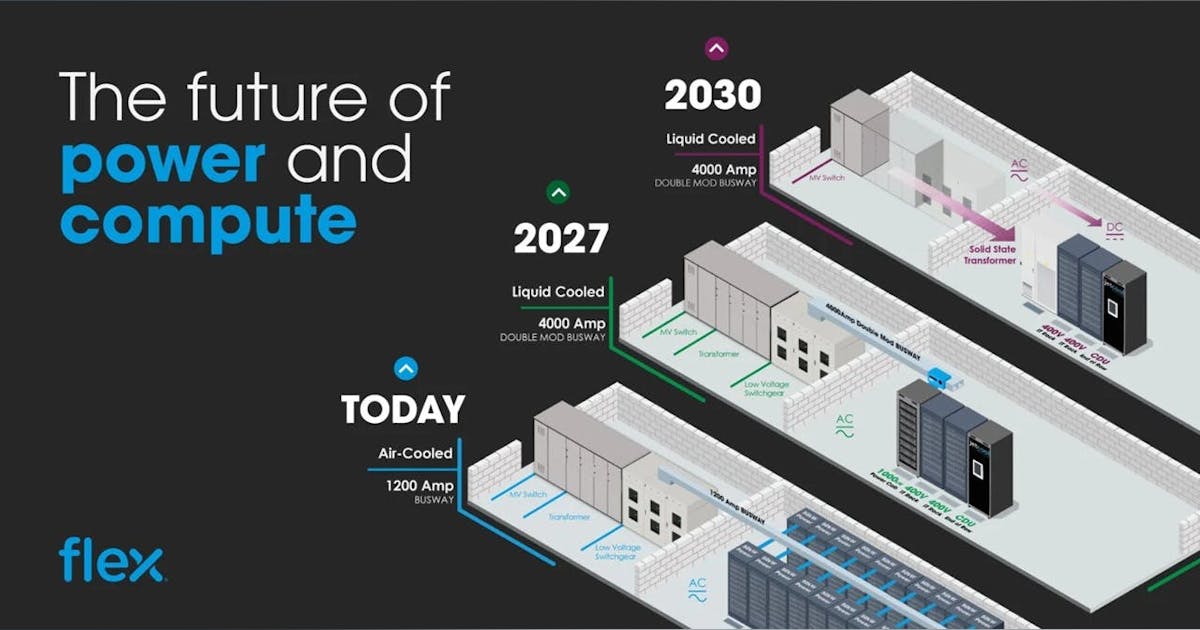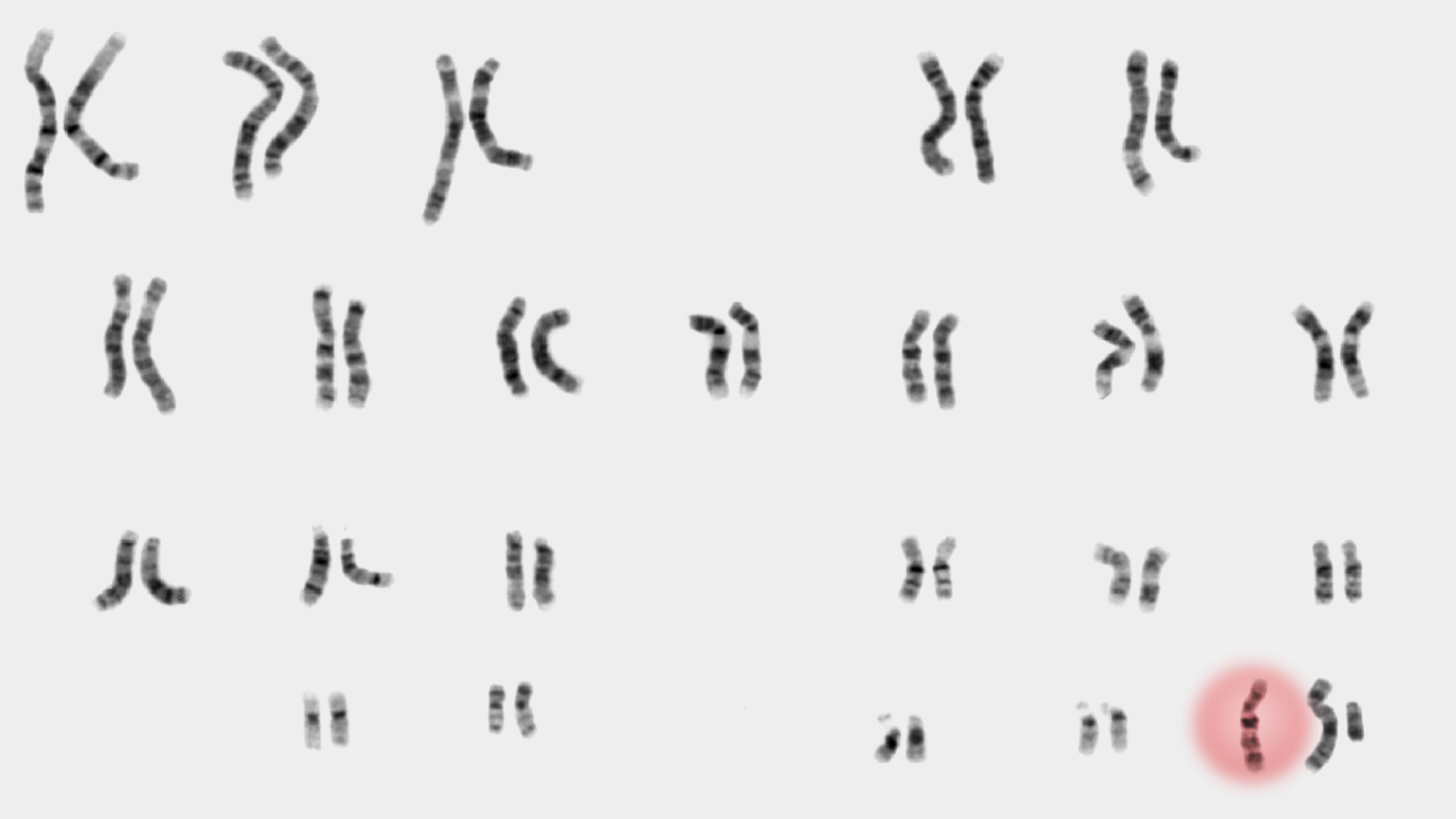
Duos Technology Group has launched the fifth of its AI edge data centers, part of a plan to deploy 15 units by the end of 2025. The projects are executed through Duos Edge AI, a subsidiary focused on modular, rapidly installed edge data centers (EDCs) in underserved markets, beginning with school districts and regional carrier hubs across Texas. The newest site is being deployed on-premises with the Dumas Independent School District in Dumas, Texas.
High-Density Edge Design
Duos’ EDCs emphasize very high rack densities (100 kW+ per rack), SOC 2 Type II compliance, N+1 power with dual generators, and a 90-day build/turn-up cycle. Each site is positioned approximately 12 miles from end users, cutting latency for real-time workloads.
To meet the power demands of these edge deployments, Duos formed Duos Energy and partnered with Fortress/APR Energy to deliver behind-the-meter mobile gas turbines. This approach allows compute to go live in 90 days without waiting years for utility interconnection upgrades. The goal is straightforward: move power and compute close to demand, with rapid deployment.
Duos’ modular pods are designed for exurban and rural locations as localized compute hubs for carriers, schools, healthcare systems, and municipal users. The rugged design pairs high-density racks with the short deployment cycle and proximity targeting, enabling a wide range of applications. With Dumas ISD now live, Duos has five sites in Texas, including Amarillo/Region 16, Victoria/Region 3, Dumas ISD, and multiple Corpus Christi locations.
Mobile Power vs. Modular Compute
While Duos doesn’t consistently describe its data center units as “mobile,” they are modular and containerized, engineered for rapid, site-agnostic deployment. The “mobile” label more explicitly applies to Duos’ power strategy—a turbine fleet that can be fielded or re-fielded to match demand. From an operator’s perspective, the combined proposition functions like a mobile platform: pre-integrated compute pods plus rapid-deploy power, available far faster than traditional builds.
A “Mobile” Generation Strategy to Unstick the Queue
North American grid interconnection timelines are often the biggest bottleneck for new compute capacity. Duos’ solution is Duos Energy, working with Fortress/APR Energy to deploy behind-the-meter mobile gas turbines.
The company currently manages an 850 MW fleet of mobile turbines (30 units) through Fortress affiliates. These systems are intended as fast-track power sources for data centers and other customers. By avoiding the need for utility interconnection, Duos can meet its 90-day deployment target for edge data centers.
While Duos does not name customers, the company has disclosed an early project exceeding 100 MW of behind-the-meter turbines for a U.S. AI hyperscaler, with Duos supporting both installation and operation. Other deployments include 150 MW of turbines mobilized in Mexico, further proving the model’s scalability.
This mobile power strategy allows Duos to energize EDC sites immediately, providing localized data center capacity without utility delays. The compute pods themselves are modular and containerized, relocatable in principle, but Duos emphasizes rapid deployment and proximity to users rather than literal mobility. It is the turbine fleet—designed to be fielded and re-fielded as needed—that makes the overall platform truly “mobile.”
Why Care About the Edge?
Duos’ heritage is in machine-vision rail inspection: a business that already required trackside edge compute to analyze 360° imagery of railcars moving up to 125 mph, delivering near-real-time outputs. That long-standing experience with AI inference in rugged environments directly informed the design of Duos’ edge data centers.
Patented Ruggedization
In September 2025, Duos Edge AI was awarded a U.S. patent for a modular data center entryway: a two-door vestibule with enhanced filtration to mitigate dust and moisture intrusion. This clean-room-like design protects sensitive equipment in remote and exurban sites where traditional data center conditions can’t be assumed. Duos positions such design details as critical to proving their EDCs are fit-for-purpose in rural environments rather than just metro extensions.
Density Beyond Typical Edge Boxes
Many competing edge modules top out well below 100 kW per rack, leaning toward micro-colocation or telco functions. Duos is instead pushing GPU-class densities into SOC 2 Type II-hardened, rural-ready modules, coupled with its integrated mobile power strategy. That combination, i.e. high compute density, ruggedized design, and immediate behind-the-meter power, sets Duos apart. And its trackside pedigree of inference at speed in outdoor conditions adds a unique credibility layer as the company expands into education, healthcare, and public safety markets.
Rollout Status and Texas Deployment Roadmap
Duos Edge AI has kept a narrow but focused strategy for its early edge deployments, targeting education and carrier hubs across Texas.
-
2024–2025 launch: Duos Edge AI secured seed financing, tapped edge veteran Doug Recker to lead the business unit, and began initial deployments with Education Service Centers (ESCs) and regional carriers.
-
2025 targets: Company guidance calls for ~15 EDCs deployed by year-end. By Q1, Duos reported 10 units ordered with sites identified.
-
Capital: A combination of a $40M public raise and $12.5M ATM program is funding expansion, with management signaling plans for 50 additional EDCs in 2026.
-
K–12 education: Current sites include Amarillo/Region 16, Victoria/Region 3, and Dumas ISD. These deployments function as localized hubs for real-time learning tools, electronic health records/telemedicine, and regional connectivity, while also serving as carrier meet-me aggregation points.
-
Carrier hubs: Corpus Christi deployments are positioned as central communications nodes supporting mobile operators and enterprise services.























